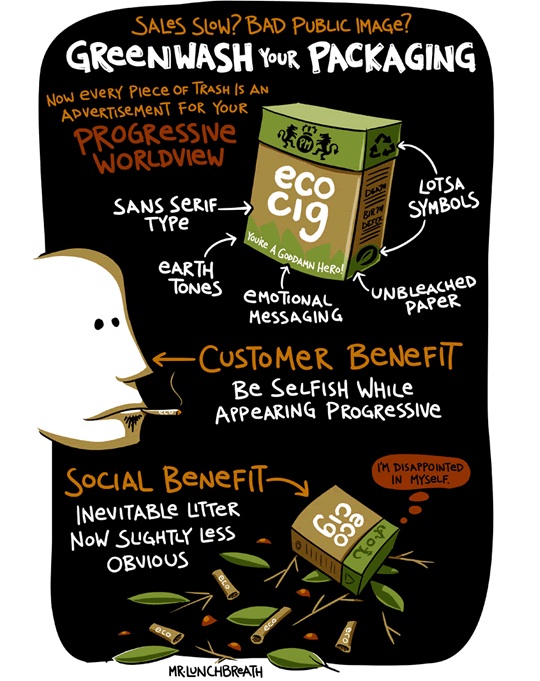Amy’s father and stepmom came for a visit and yesterday we went to a local eatery for a late lunch.
When Amy’s dad ordered a burger, the server asked how he would like the burger cooked.
 He said medium-well.
He said medium-well.
The server said he could get the burger as rare as he wanted.
Amy said really, and started asking, just what was a medium-rare burger.
The server said it all had to do with color, and after some back and forth with the cooks, said the beef they get has nothing bad in it anyway.
During the same meal, a reporter called to ask, why do companies – big companies, huge chains and brand names — knowingly follow or ignore bad safety practices? (that story should appear Sunday).
It comes down to culture – the food safety culture of a restaurant, a supermarket, a butcher shop, a government agency.
Culture encompasses the shared values, mores, customary practices, inherited traditions, and prevailing habits of communities. The culture of today’s food system (including its farms, food processing facilities, domestic and international distribution channels, retail outlets, restaurants, and domestic kitchens) is saturated with information but short on behavioral-change insights. Creating a culture of food safety requires application of the best science with the best management and communication systems, including compelling, rapid, relevant, reliable and repeated, multi-linguistic and culturally-sensitive messages.
Sixteen years after E. coli O157:H7 killed four and sickened hundreds who ate hamburgers at the Jack-in-the-Box chain, the challenge remains: how to get people to take food safety seriously? ??????Lots of companies do take food safety seriously and the bulk of American meals are microbiologically safe. But recent food safety failures have been so extravagant, so insidious and so continual that consumers must feel betrayed.??????
Frank Yiannas, the vice-president of food safety at Wal-Mart writes in his book, Food Safety Culture: Creating a Behavior-based Food Safety Management System, that an organization’s food safety systems need to be an integral part of its culture.
The other guru of food safety culture, Chris Griffith of the University of Wales, features prominently in the report by Professor Hugh Pennington into the 2005 E.coli outbreak in Wales that killed 5-year-old Mason Jones and sickened another 160 school kids.
 Yesterday, the board of the U.K. Food Standards Agency (FSA), in response to Pennington’s report, approved a five-year plan that will push food businesses to adopt a food safety culture and comply with hygiene laws, and urge stricter punishments for those that do not. The FSA will also ensure health inspectors are better trained.
Yesterday, the board of the U.K. Food Standards Agency (FSA), in response to Pennington’s report, approved a five-year plan that will push food businesses to adopt a food safety culture and comply with hygiene laws, and urge stricter punishments for those that do not. The FSA will also ensure health inspectors are better trained.
A report put before FSA board members in London stated “culture change in all of the relevant parts of the food supply chain” is necessary.
Mason Jones’ mum Sharon Mills said she is pleased with the action being taken by the FSA.
“This sounds promising and shows they are moving in the right direction. … Things are slowly changing and hopefully we will all see the benefits sooner rather than later.”
Maybe. I’m still not convinced FSA understands what culture is all about. And how will these changes be evaluated. Is there any evidence that social marketing is effective in creating food safety behavior change? Those issues get to the essence of food safety culture, yet are glossed over with a training session – more of the same.
And why wait for government. The best food producers, processors, retailers and restaurants should go above and beyond minimal government and auditor standards and sell food safety solutions directly to the public. The best organizations will use their own people to demand ingredients from the best suppliers; use a mixture of encouragement and enforcement to foster a food safety culture; and use technology to be transparent — whether it’s live webcams in the facility or real-time test results on the website — to help restore the shattered trust with the buying public.
.jpeg)

 Between Friday night and dawn on Monday, the Riese Organization intends to convert 13 Dunkin’ Donuts stores into the city’s first Tim Hortons restaurants, including early-morning, high-traffic shops like the one in Pennsylvania Station and another next to the New York Stock Exchange. The switch may surprise regular customers of the shops, said Dennis Riese, chief executive of the Riese Organization.
Between Friday night and dawn on Monday, the Riese Organization intends to convert 13 Dunkin’ Donuts stores into the city’s first Tim Hortons restaurants, including early-morning, high-traffic shops like the one in Pennsylvania Station and another next to the New York Stock Exchange. The switch may surprise regular customers of the shops, said Dennis Riese, chief executive of the Riese Organization. Tim Horton
Tim Horton.jpg) Today, the
Today, the



.jpg) “Attention was essentially directed towards touristic sites like the Côte, the Ardennes, and various country towns. They bought ice cream cones and soft-serve. While making the purchases, they took the opportunity to evaluate the hygiene at the point of sale as well as of the personnel, the place where the counter or the soft-serve dispenser was located, the conditions for rinsing the ice cream scoop, etc. Immediately after the purchase, and in appropriate sterile and temperature conditions, the ice cream was taken to the laboratory to undergo detailed bacteriological testing. …
“Attention was essentially directed towards touristic sites like the Côte, the Ardennes, and various country towns. They bought ice cream cones and soft-serve. While making the purchases, they took the opportunity to evaluate the hygiene at the point of sale as well as of the personnel, the place where the counter or the soft-serve dispenser was located, the conditions for rinsing the ice cream scoop, etc. Immediately after the purchase, and in appropriate sterile and temperature conditions, the ice cream was taken to the laboratory to undergo detailed bacteriological testing. …
(1).jpg)